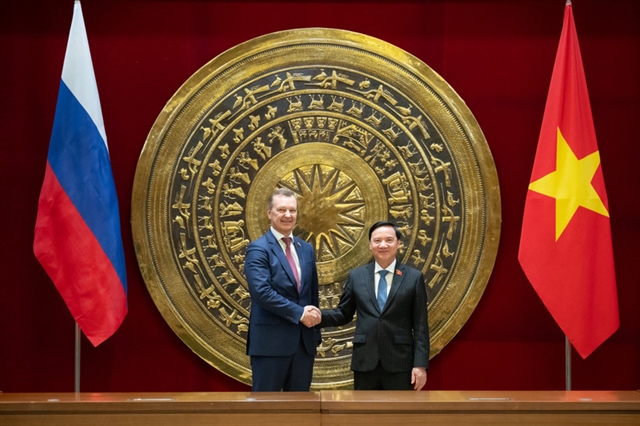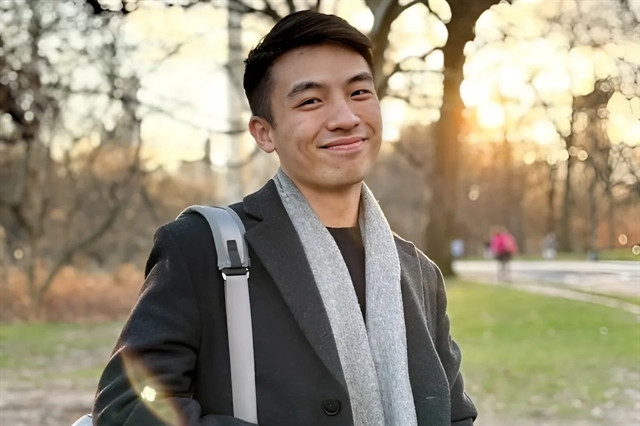 Sunday/Weekend
Sunday/Weekend

Việt Nam News reporter Hương Nguyễn speaks with Japanese photographer Koremoto Nobutaka, who recently exhibited his work at the Culture Information Centre of the Japanese Embassy in Hà Nội, Việt Nam.
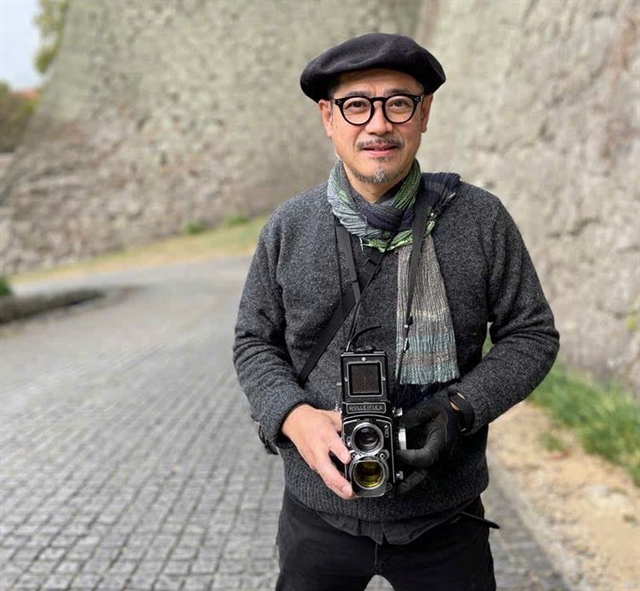 |
| Photographer Koremoto Nobutaka. Photos Courtesy of the artist |
Inner Sanctum: Can you tell us a bit about yourself?
I was born in October 1966 and majored in interior design at a university in Fukuoka. After travelling to Pakistan, Turkey and Portugal, I studied photography at a photo studio in Tokyo, using a large-format camera. I’ve been a professional photographer since 1999, mostly based in Fukuoka.
I work on advertising photos for various clients, including companies and magazines. My job has taken me all over Japan and internationally to places like Cairo, Helsinki, San Francisco, and Bangkok to gather material for my projects. Alongside commercial work, I’ve always been involved in artistic photography, holding exhibitions at galleries, cafés, and even outdoor spaces like parks.
Inner Sanctum: Could you tell us more about the Hà Nội exhibition?
Fukuoka has become a hub for people from all over Asia who come to live, study and work. This exhibition is an attempt to document the lives and stories of 100 people during the COVID-19 pandemic, a time when people were unable to move freely. It’s part of my ongoing project that began in 2021 and features participants from 18 countries, including Việt Nam, Nepal, Bangladesh, China, Thailand, Cambodia, Indonesia, Myanmar, Laos, Jordan, and Kazakhstan.
I was directly involved in every stage of the project. I found the models, arranged appointments, took their photos, and handled all the post-production, including developing and printing the photos.
This project is still ongoing, and I stay in contact with the models through social media. Earlier this year, I travelled to Việt Nam to continue working on the project and to exhibit some of my works. Simultaneously, a similar exhibition is being held in Fukuoka. Both Việt Nam and Japan are displaying my photos at the same time.
Interestingly, most of the people I photographed were people I hadn’t met before. I believe that capturing someone’s true emotions in a photo requires spending time with them. Before taking any photos, I made sure to talk to each person, interview them, and even record short videos with my phone to better understand their stories.
Many of them didn’t speak much English or Japanese, so these conversations were sometimes long and slow, but they were vital to the process.
Inner Sanctum: What is the main message you wish to convey through this exhibition?
This photo series presents an authentic portrayal of Asian people, including many Vietnamese, who were living in Japan during the pandemic. It was a difficult time for many, as travel restrictions meant they couldn’t go back to their home countries, even though many wanted to. Despite these challenges, they worked hard, studied diligently, and stayed positive.
During my conversations with them, many shared their personal struggles: “I lost my job during the pandemic”, “I haven’t been able to see my child”, “I missed my grandmother’s funeral”, or “I haven’t been able to have my wedding.” Others spoke about political instability in their home countries and how it left them worried about their families.
Even with these difficulties, most of the people I photographed remained optimistic and forward-looking. That spirit of resilience is what I hope to convey through my work.
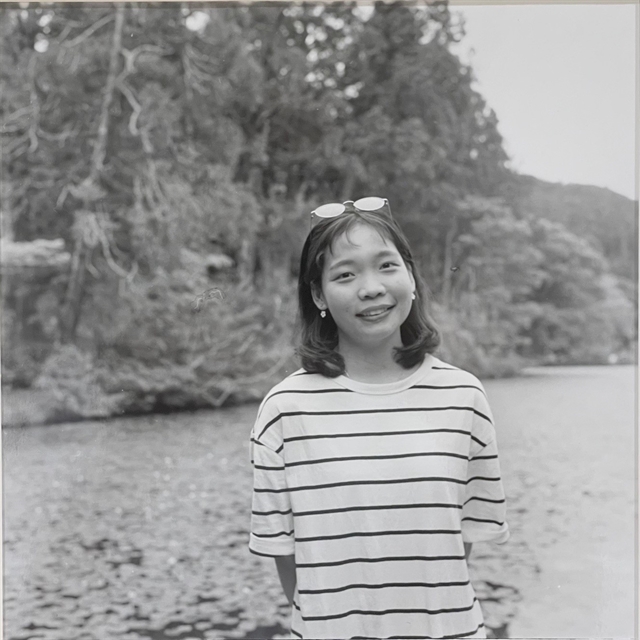 |
| Mei Mei, the photographer's Vietnamese teacher. |
Inner Sanctum: What artistic techniques did you use for this project?
All the photos were taken outdoors. I wanted the portraits to feel natural and unstaged, so I used only natural light. I didn’t use any artificial lighting or reflectors to interfere with the natural surroundings or the person’s expression.
In terms of composition, I aimed to reflect the unique personalities of the 100 individuals I photographed. I wanted each image to be diverse and rich in its portrayal of the subject. I used an old Rolleiflex film camera, a 60-year-old model that shoots in a 6x6 square format. It’s a classic tool for portrait photography, and using film instead of digital allowed me to fully engage with the process. I developed the black-and-white film myself and printed the photos by hand.
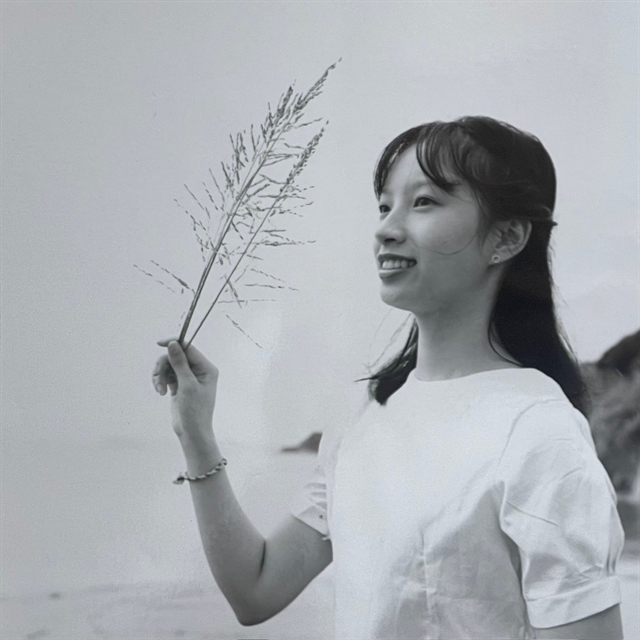 |
| Duyên, a 19-year-old who was studying Japanese while working at a factory in Fukuoka. |
Inner Sanctum: Do you have any particular stories or memories of the people you photographed?
The first person I photographed for this project was Mei Mei, my Vietnamese language teacher. She had just married when the pandemic began, and the travel restrictions kept her separated from her husband for a long time. Though she was understandably upset about the situation, she never let it bring her down. She worked hard and stayed focused, continuing to teach Vietnamese to Japanese students remotely.
Another model I remember well is Duyên, a 19-year-old who was studying Japanese while working at a factory in Fukuoka. Her Japanese improved quickly, and now she teaches Japanese at a school in Hải Phòng. During this exhibition, I visited her school, took photos of her students, and spoke to them about learning Japanese.
I also photographed Liên and Naoto, a Vietnamese woman and her Japanese husband. They live in Fukuoka and recently had their first child. They’re delighted with their new life as parents, and I’m glad I was able to capture that joy in my photos.
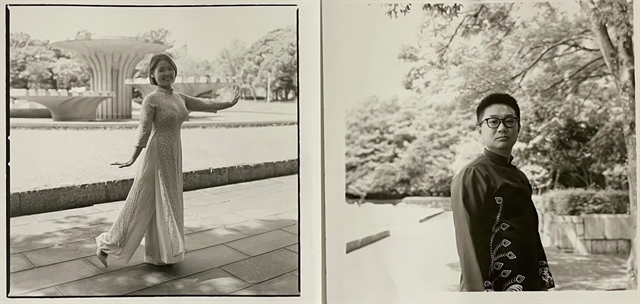 |
| Liên and Naoto, a Vietnamese woman and her Japanese husband. |
Inner Sanctum: What are your plans for the coming months?
I will continue working on the “100 Asian Portraits – One Hundred Asians” project until I’ve photographed all 100 people. Many of the models have returned to their home countries, while others have got married, had children, or started businesses in Japan.
Besides this project, I’m passionate about promoting analogue photography. I’m planning a group exhibition this winter, focused on street photography from Colombia, which will be held in both Japan and Colombia at the same time. I believe there’s something unique and timeless about film photography, and I want to keep sharing its beauty with the world. VNS
A centre for cultural connectionThe Culture Information Centre at the Embassy of Japan was established in December 2022, offering various facilities like reading rooms and conference spaces. With the slogan “Experience culture – explore the future”, the centre provides opportunities for people to learn about Japanese culture. It also collaborates with different organisations to hold cultural activities, which are regularly updated on the Facebook page of the Japanese Embassy in Việt Nam.Facilities such as the conference and exhibition rooms are available free of charge for events promoting the friendship between Japan and Việt Nam. The library is open to the public without registration, Detailed information about the use of facilities is posted on the website of the Embassy of Japan in Việt Nam.Facebook page of the Japanese Embassy in Việt Nam: facebook.com/embassyofjapaninvietnam/Website of the Japanese Embassy in Việt Nam: vn.emb-japan.go.jp/itprtop_vi/index.html


